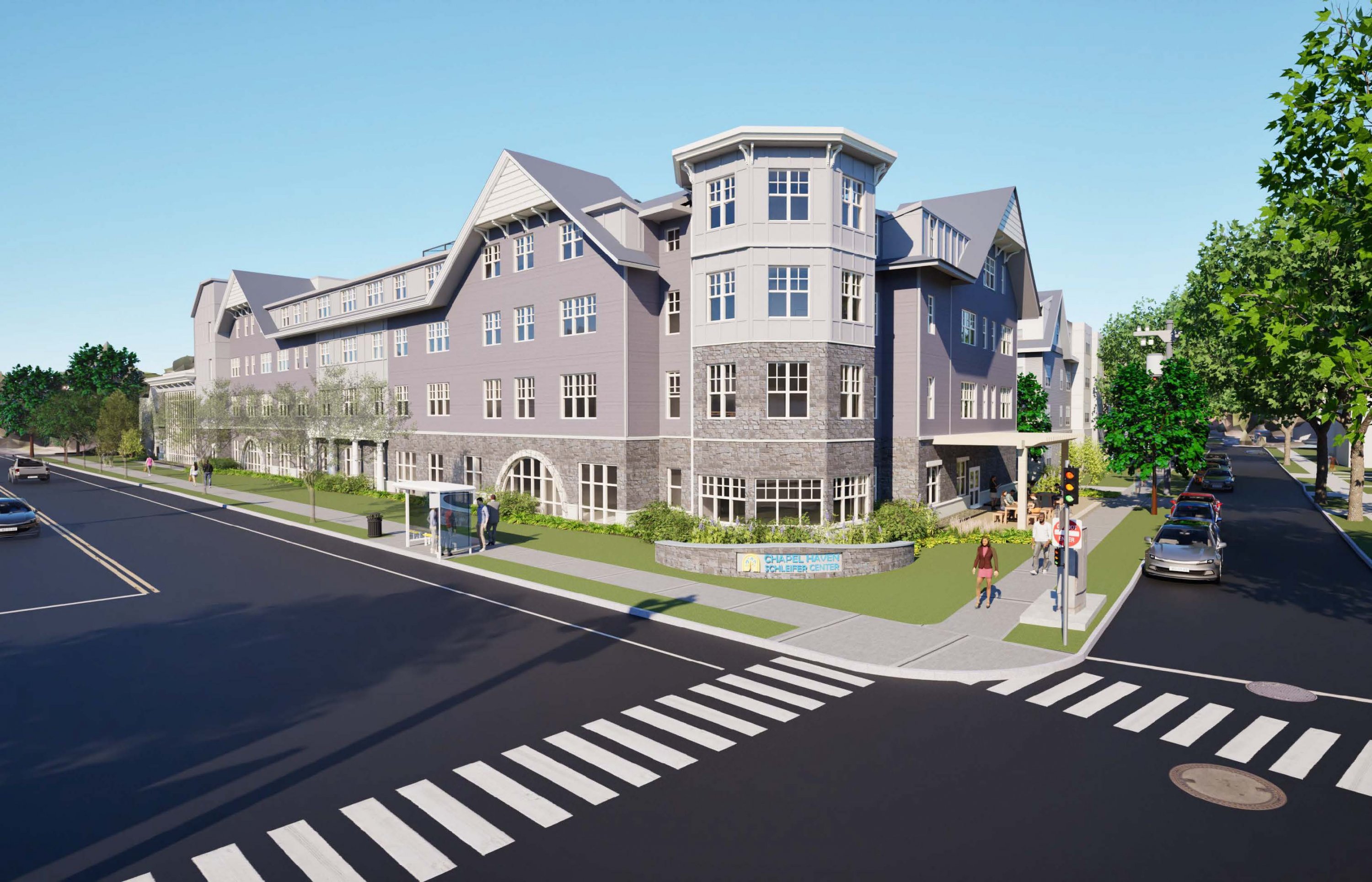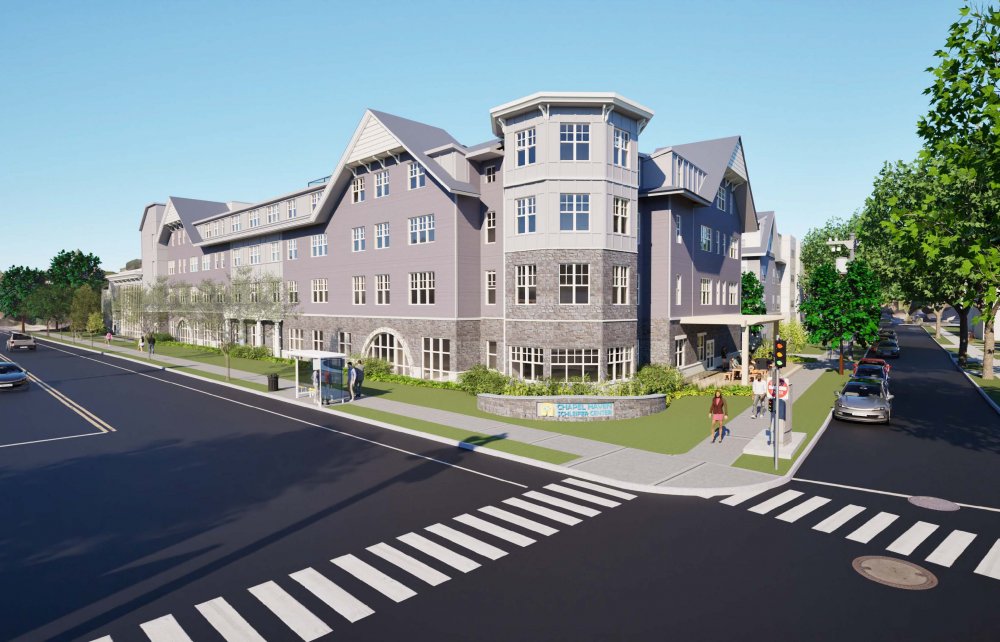- Who We Are
-
Our Work
-
Educational
- Brooks School- George and Evanthea Demoulas Family Boathouse
- Riverbend School - Gym and Schoolhouse
- Lesley University- Animation Studio
- Middlesex School- Bass Arts Pavilion and Danoff Visual Arts Center
- Nashoba Brooks School- Sureau Family Discovery Barn
- The Southport School- Arts and Music Building
- Senior Living
- Hospitality
-
Healthcare
- Partners Urgent Care
- Yale New Haven Health- Medical Office Building
- The Hospital of Central Connecticut - Advanced Wound and Hyperbaric Medicine Center
- Connecticut Children's - Infusion Center and Gastrointestinal Clinic
- Connecticut Children's - Specialty Care Center
- MidState Medical Center- Post-Anesthesia Care Unit Expansion & Renovation
- Commercial
- Specialty Work
-
Educational
- How We Do It
- Our Blog
- Industry Tidbits
- Join Our Family
- Contact Us
Creating Harmony in the Schematic Design Phase: The Importance of Early OAC Collaboration
November 15th, 2024
In the ever-changing world of construction, the relationship between the owner, architect, and construction manager (OAC) is pivotal. Establishing a harmonious partnership early in the process, particularly during the Schematic Design (SD) phase, can have a dramatic influence from start to finish on the outcome of a project. This is part of our series that delves into the critical importance of this early-stage synergy.
Chris Dittrich, Connecticut Preconstruction Manager here at C.E. Floyd, and Agustina Lasala-Ruffo, Senior Associate at MBH ARCHITECTURE, are two key figures in the successful collaboration of the Chapel Haven project. Chris brings a wealth of experience in preconstruction, ensuring that the right people are involved at the right time to create a seamless construction process. His focus on strategic planning and early-stage involvement has been instrumental in aligning project goals with realistic budgets and timelines. Agustina, with her deep expertise in healthcare and senior living architecture, is dedicated to designing spaces that meet clients' specific needs, ensuring that the end-users' experience is at the heart of every decision. Together, their partnership exemplifies the importance of early and harmonious collaboration in the construction process.
The Unique Case of Chapel Haven

Chapel Haven, a residential school and independent living facility offering a range of supports for adults with Autism and Aspergers, a unique project with ample funding, serves as a utopian example of the benefits of early and harmonious OAC collaboration. Unlike many facilities that previously operated as assisted living facilities, which can often feel depressing, Chapel Haven was designed with its specific population in mind. This approach ensures a supportive and uplifting atmosphere.
Early Intervention
A true partnership among the OAC team can transform the construction process. As Chris reflects, “construction can be radically different if you put the right people in place at the right time.” Agustina, emphasizes the importance of designing with the client's needs at the forefront. By listening to and incorporating the needs of those who will use the space, architects can build lasting relationships and create buildings that surpass a client’s needs and turn visions into reality.
Having these critical partners on place is a unique experience that does not manifest often. When it does happen, however, it pays off in dividends. A client’s desires and dreams can either come to fruition or brought back to reality. Getting to this early sets expectations and helps put everyone on the same page.
Starting with the Owner’s Vision
The process begins with the owner’s “pie in the sky” dream. By involving the construction manager early, the team can price check and develop a realistic budget that aligns with this vision. In the case of Chapel Haven, these details include the integration of necessary mechanical considerations, such as sound attenuation and vibration dampening, which are particularly important for residents sensitive to noise. Typically not included in the SD phase, these details were addressed early due to the involvement of the construction manager and engineers, which Chris described as a “blessing.”
Lessons Learned
Past experiences have shown the pitfalls of rushing through the design phase without the right partners. On previous projects, the absence of a well-coordinated team led to rushed and suboptimal outcomes. This time, Chris insisted on a meticulous design schedule with MBH, a firm known for its collaborative approach.
Engaging with Stakeholders
Regular meetings with Chapel Haven staff are integral to the design process, ensuring the design was informed by those who would ultimately use and maintain the space. This approach not only garnered staff buy-in but also helped prevent costly redesigns later on. MBH’s commitment, with roughly 100 hours of meetings to understand departmental needs, empowers all departments to contribute, hopefully resulting in fewer changes in the field.
Mission-Driven Design
Chapel Haven stands out as a mission-driven project, not constrained by traditional return on investment metrics. Instead, the focus was on meeting the community's needs, including support spaces for staff and future-focused amenities like a kiln and a green room. This mission-driven approach allows for a more comprehensive capture of the client's wishes without the limitations of a financial model.
Attention to Detail
The level of detail considered during the SD phase is exceptional. Safety features, such as door hardware and showers designed to be safe during panic attacks or meltdowns, were incorporated early, ensuring the budget reflected these specialty requirements. These considerations were discussed during stakeholder meetings and integrated into the design by MBH, leveraging their extensive experience and commitment to the project.
Early Collaboration, Early Success
The success of a construction project, especially during the SD phase, hinges on the early and harmonious collaboration of the OAC team. As Chris noted, “I couldn’t imagine doing this with any other team” than MBH. Their attention to detail, passion for the project, and dedication to blending the new building with the existing campus is crucial. This traditional New England college campus feel, combined with the functional and safety requirements, resulted in a project that not only meets but exceeds the needs of its residents.
In the next installment of our series, we will explore the Design Development (DD) phase and how continued collaboration and communication ensures that the project vision remains intact while addressing any emerging challenges.










